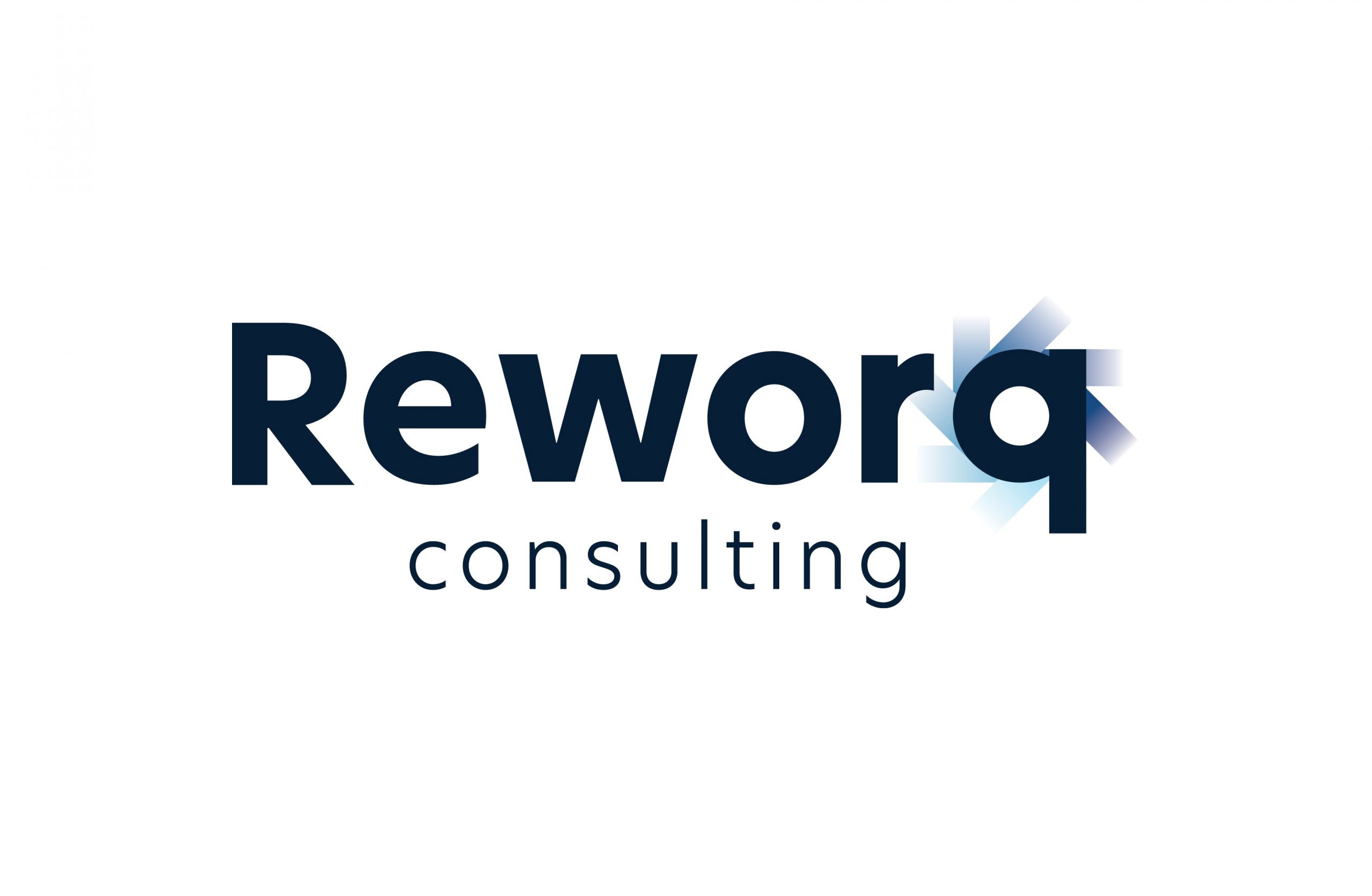Change is constant and unavoidable. Enterprise businesses need the advancement of business processes and innovative technology to remain competitive, to sustain growth, but additionally requires constant adaptation to changes. When it comes to implementing new change initiatives, then the reluctance by employees to do things (or act) in a new way is always inevitable – resistance to change.
Resistance to change is a major hindrance in the path of development, new learnings, and success of an organisation. Any enterprise that suffers from organisational resistance becomes inflexible and so cannot adapt to external or internal demands for change. But human behaviour has repeatedly shown the resistance (and reluctance) to change in both the existing methods and ways of doing work.
When Leaders fail to demonstrate change leadership, employees become confused, disconnected and stray from their core business objectives. Leaders play a crucial role in guiding the organisation through change and bridging the gap between strategy and execution. This resistance to organisational change determines the need for defined Change Management practices, tools, and methodologies, which are crucial for a smooth transition and restoration of organisational harmony.
How strategic vision helps define the organisation’s transformation?
Successful change leaders know when to appeal or introduce the concept of a new change.
Yet, organisational resistance to change is one of the most perplexing and challenging issues that Executive Management Teams encounter. Gaining support and momentum in change and implement change initiatives is not easy. An effective Change Leader must have a transformational mindset and an appetite to communicate the need for change – up, down and across the organisation.
By clearly articulating a well-defined strategic vision and outlining the incremental steps necessary to attain success, Leaders help alleviate the uncertainty and anxiety that often accompany change. This unique clarity imparts a sense of stability and assurance, thereby enabling employees to confidently navigate the change process. As a direct result, employees are more likely to embrace change as a “positive force” and contribute constructively with the implementation of new change initiatives.
Change leadership is not just about managing change; the key is with inspiring transformation! Change must always be in line with the organisation’s strategic goals and a Leader’s personal preference for change is irrelevant. Leaders must focus on their own positive mindset and role model the change behaviours that they expect their team members to demonstrate. When Leaders can effectively communicate and collaborate with stakeholders and teams, they are well positioned to successfully implement change and carefully navigate resistance to change.
Why Change ownership starts from everyone in the organisation?
Leaders help realise the full benefits of change – between the process part of change and the people part of change – by connecting organisation values.
No matter the type of organisational role, change is never easy and can be a real struggle for everyone involved. Simply put, change can mentally drain employees and Leaders, too. Managing resistance to change requires you to first understand why people resist change, then identify the causes of their resistance before consideration of your strategic approach – and formulating the tactics and techniques for reducing resistance to change.
Establishing a culture brand that promotes an ethical, values driven, and respectful work environment place is a great start. Embracing change must be seen as a strategic opportunity for growth (rather than a threat) and sustained resilience with focus on future goals and objectives. However, finding the cause of resistance to organisational change can seem overwhelming, but the best way to manage this expectation is to keep it simple – be pro-active and be prepared!
Organisational transformation defines resilience
To survive an ever-evolving business landscape and remain agile (and resilient), organisational transformation is necessary. In an uncertain environment, the only consistent approach is that organisations and its people will have to do things differently than they did before. This critically depends on how Leaders envision, establish, and continually communicate a compelling Business Case for new change.
Creating a culture of continuous improvement is crucial for Executive Management Teams and Leaders, who are looking to overcome resistance in organisational change. This type of visionary culture encourages employees to constantly seek ways to improve processes, systems, practices, and their work outputs within the organisation. With fostering a culture of continuous improvement and collaboration, your Leaders can create an organic environment where change is seen as a positive opportunity for innovative growth and development.
Need for change develops from active participation
Organisational transformation forges a new direction with reinventing the enterprise and highlights a new (but revised) business model, which is based on an improved way of working. This cannot just be a “top-down” vision since the need for change must permeate from everyone across the entire organisation. Effective Change Management really begins when people understand and know – Why something new is needed? How long is the change to occur? – and that your people now form part (and contribute) to the change structure.
Move faster with ‘Strategy’ + ‘Method’
To engage with key stakeholders, Leaders must deliver the following:
- Make employees feel that change is business critical – Where are we now?
- Help employees understand the Strategy Plan, vision, and purpose – Where do we want to be?
- Make sure that employees actively participate in the change process – How do we get there?
It is possible to move faster, but you need both a ’strategy’ and a ’method’ to engage employees right from the start of the change process – the Change Management Plan.
With involving employees in the change process and understanding their fears and concerns, now your Leaders and Senior Managers can develop more effective strategies for managing resistance to change. It is imperative that they take the time to understand the “Why?” behind the change and how it feeds into the strategic objectives of the business. By adopting a people-centric approach, understanding models, and honing leadership skills, then change can be successfully embraced.
Build Change criteria (for success) with inclusion and ownership
Employees feel they are taken seriously, and their opinion matters when they are included in processes! Key members of your teams must be added to the Change Management and implementation process, so they feel some level of ownership of the change initiative. This is why consultation with consistent and constructive feedback is critically important for your Stakeholders, especially with Team Members involvement when setting Key Performance Indicators (KPIs); which determine your Change Project success.
Organisations must support their employees through times of change with contextual guidance and assistance. Through careful planning, communication, and the use of innovative Change tools and techniques, organisations can successfully navigate through any change initiative by emerging more market competitive.
How to uncover and overcome resistance to Change?

An adaptive culture provides a foundation for transformation.
While most C-Suite Executives recognise the transformation imperative, far fewer understand the essential connection between business transformation and culture change. Organisations cannot realise the true potential benefits of digital transformation, embrace new business models, or implement new ways of working without having to support changes in organisational behaviours.
Committed focus on culture change helps organisations that have not yet embarked on transformation journeys. It also helps organisations overcome cultural fragmentation due to the incomplete integration of acquisitions, infrastructure and people, or a legacy of growth across multiple geographic regions. So it is for these reasons, Leaders must take an initiative-taking approach to build the ‘right’ culture (and reform) now and to avoid the need to reshape culture in parallel with large-scale organisational transformations.
Dynamic culture shift helps organic growth
Culture is created through consistent and authentic behaviours, not press releases or policy documents. Leaders influence their organisational culture by creating and reinforcing organisational culture and workplace normal practices. They do this through their beliefs, actions, and reactions to change, which sets a critical example for employees to follow.
Leaders also need to recognise and understand that culture is dynamic, and that organic change will happen in their organisations; even without their input or if they do nothing to guide it or shape its foundations. However, in the absence of that leadership guidance, the cultural direction may not be healthy or productive. Employee values, mindset, ethics, and behaviours will continually evolve and rapidly. These changes may or may not be the ones your organisation’s needs or identified (but necessary) changes must progress at the right pace.
Developing your culture reinforcement made easy
An organisation can change its culture, with leadership reinforcement but it takes time! This fact requires support from the Executive Management Team, Leaders, and Managers – a leadership and human-centric approach – that is reflected in all organisational systems and practices but is also reinforced through employee recognition and rewards programs.
Connecting the critical basis of leadership
There are three (3) basic techniques when developing your organisation’s culture and framework – communication, recognition, action. – which are all inter-connected and form the critical basis to improve organisational culture. This framework includes the following points:
- Connect employee’s work to a purpose or objective or goal.
- Create positive employee experiences to deliver more customer value.
- Be transparent, authentic, and considerate with change transitions.
- Schedule regular, two-way, and meaningful 1:1s conversations with Team Members.
- Create a ‘micro-mentoring’ Program for employees and deliver cross-level feedback.
- Encourage frequent employee recognition and linked to a Reward Programs.
By following the steps with these basic techniques, Leaders and organisations can – improve communication with employees, start creating a culture of recognition, and ensure that all members of their cross-functional teams put the new culture model into action.
Summary
Every change initiative has its own level and circumstances of resistance.
As human beings, we are conditioned to prefer stability and safety over change and disruption to our work environments. These reactions to stress are derived from our primal instincts of ‘fight or flight’ as a default survival mechanism. Any change, including organisational change, never happens in a vacuum. It thereby influences all parties involved and where it encounters friction, then that change initiative will slow down and eventually stop.
Navigating any resistance to change that might arise along the way can help by keeping communication flowing to / from your Leaders, as well as ensuring they are listening to employees and recognising their concerns. It is beneficial to include employees before and during the change initiative as they can help their Leaders and Managers with anticipating fears, uncertainties and progressing next steps.
The ability of organisations to adapt to change deeply affects productivity, collaboration, and co-operation of their employees. By implementing strategies such as – strong leadership, employee engagement, Risk Management, leveraging technology innovation and data insights – Leaders can build a more resilient foundation that can withstand change disruptions and emerge as a stronger organisation that builds towards long-term success.
Need some guidance on your next steps? Let’s start a conversation…



